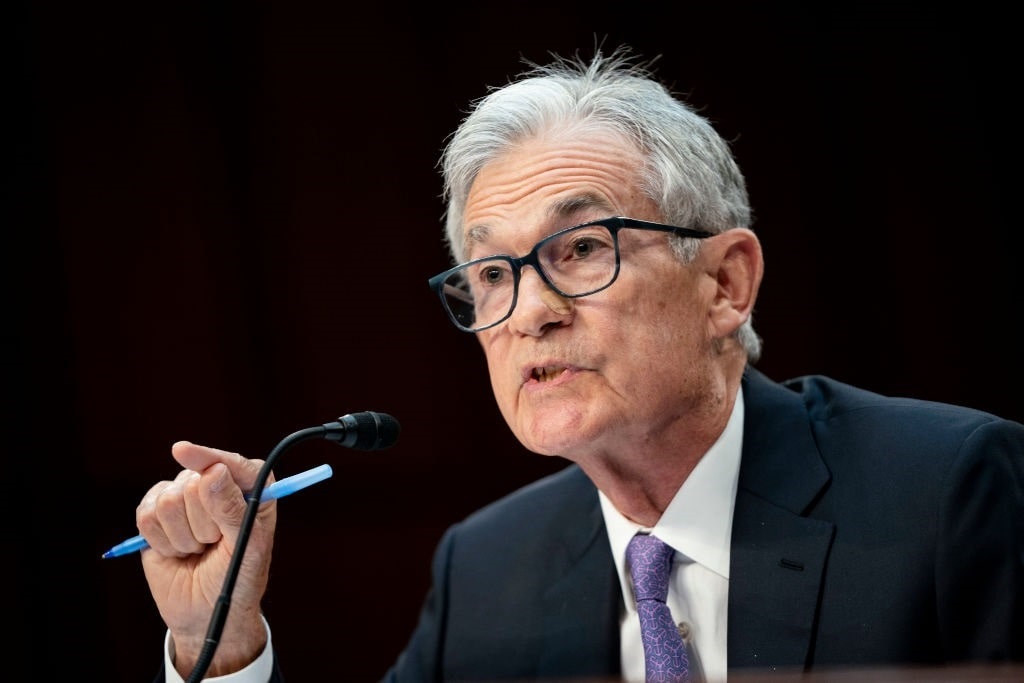Does Fed policy still function with “long and variable” lags? Last week, two central bank figures – Federal Reserve Governor Christopher Waller and Richmond Fed President Tom Barkin – suggested that it does not matter when the Eccles Building cuts interest rates, be it September or December. The officials purported that the effects of monetary policy decisions take time to travel through the economy because of the lag. But is this still true in today’s ecosystem of fast and frequent data?
Does Fed Policy Still Lag?
In the 1950s and 1960s, eminent economist Milton Friedman explained in papers, speeches, and appearances before Congress that Fed policy operates with a lag. He asserted that it makes little sense to regularly use monetary policy as a tool to stimulate the economy because of how long it takes to witness its effects. Friedman wrote in a 1961 paper that the lag between hikes to interest rates and the slowdown in inflation was longer than many had estimated. Speaking to a joint session of Congress in 1959, Friedman told lawmakers:
“We know too little about either these lags or about what the economic situation will be months or years hence when the chickens we release come home to roost, to be able to be effective in offsetting the myriad of factors making for minor fluctuations in economic activity.”
The Milton Friedman rule is the standard way of thinking inside the Federal Reserve System. In March 2022, Fed Chair Jerome Powell asserted that monetary policy starts to bite with a lag. At a November post-meeting press conference, Powell told reporters that “it’s sort of standard thinking that monetary policy affects economic activity with long and variable lags.”
 How long did he think it would take? According to a 1972 paper titled “Have Monetary Policies Failed?” Friedman thought it could be as long as two years. Of course, times change, and, to quote former Fed Chair Arthur Burns, “The rules of economics are not working in quite the way they used to.” At the same November press conference, Powell conceded that new literature suggests they are shorter, but acknowledged that there is a lack of data to support this hypothesis.
How long did he think it would take? According to a 1972 paper titled “Have Monetary Policies Failed?” Friedman thought it could be as long as two years. Of course, times change, and, to quote former Fed Chair Arthur Burns, “The rules of economics are not working in quite the way they used to.” At the same November press conference, Powell conceded that new literature suggests they are shorter, but acknowledged that there is a lack of data to support this hypothesis.
Indeed, some economists say that the intended impacts of monetary policy can be experienced in as little as four months. This is because the central bank signals to the public what it plans to do in the near future through statements, meeting summaries, press conferences, speeches, and congressional testimony. “The markets had to kind of go figure out that the Fed was in there doing something,” Waller stated at a Council on Foreign Relations event in January 2023. “That’s not how we do things anymore. We start telling people in advance.”
Ultimately, the financial markets will begin pricing in the future. The library of economic indicators is available for the world to sift through. Indeed, daily, weekly, monthly, and quarterly data provide insights into how consumers are responding, how businesses are enduring, and how the broader economy is acting.
Look at what happened at the onset of the coronavirus pandemic. In March 2020, the Fed slashed the benchmark rate to 0% and fired off the mother of all stimulus and relief bombs, resulting in the stock market launching its meteoric rally that same month. Or, in a more recent case, the Chicago Fed’s National Financial Conditions Index, which is updated weekly. This gauge highlighted the loosening of conditions starting in October 2022 when the Fed hinted at pivoting on monetary policy. While the institution has yet to pull the trigger on the first quarter-point rate, the economy is as loose as it was when the benchmark federal funds rate was 0%.
2% Target Rate
The financial markets recently discovered that the monetary authorities plan to cut the Fed policy rate before inflation reaches the central bank’s arbitrary 2% inflation target rate. The expectation had been that the institution would wait a while to see if the annual inflation rate would stay at 2% for a prolonged period. However, Powell confirmed before the House Financial Services Committee and an appearance at the Economic Club of Washington that the Federal Open Market Committee would start reducing rates before the 2% is achieved.
Powell cited Friedman for this decision, contending that waiting for inflation to reach 2% suggests the Federal Reserve waited too long. If the entity twiddled its thumbs until the consumer price index (CPI) or the personal consumption expenditure (PCE) price index touched that long-awaited percentage, policymakers might be embarking upon deflation.
Officials say they need to be confident that inflation is heading sustainably back down to 2%, which Powell and the Summary of Economic Projections forecast would be in 2026. But how will they know if price pressures will slow to this level without reaccelerating as they did in the first quarter of 2024? The answer: If they are operating on the premise of long and variable lags, then the wisest men and women in the Eccles Building are playing a guessing game.




